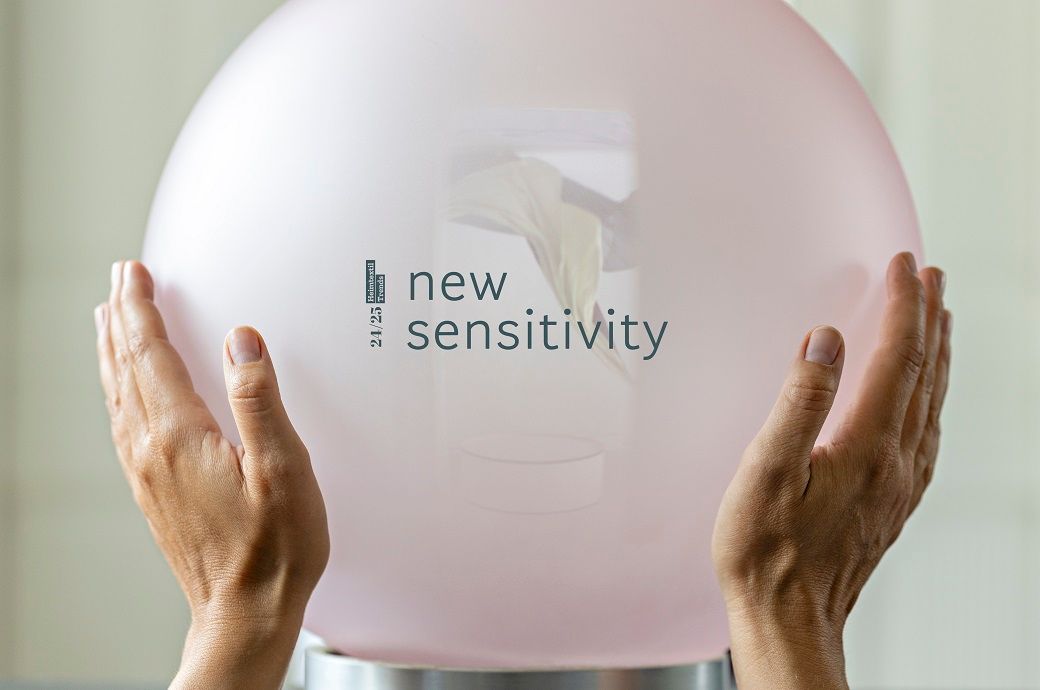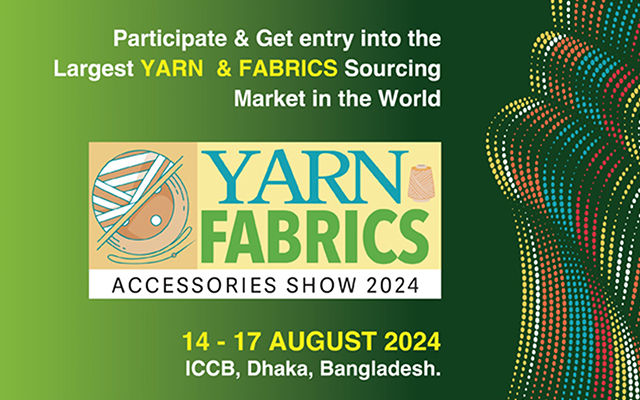Germany's Heimtextil Trends 24/25 to explore eco-friendly textile tech

Insights
- Heimtextil Trends 24/25, set to take place in January 2024, will focus on the theme 'New Sensitivity' to explore textile transformation.
- The event will showcase regenerative materials and designs, delving into futuristic, yet grounded applications in textiles.
- The initiative also extends to adopting AGI in designing to foster creative and unseen solutions.
Heimtextil Trends stand for a progressive theme setting and spectacular stagings for all textile professionals who want to constantly expand their knowledge. After last year’s focus on circular solutions, Heimtextil Trends 24/25 will once again shed light on transformative textile innovations, organiser Messe Frankfurt said in a press release.
“At the upcoming event, Heimtextil Trends will again show ways in which the transformation of the home textiles industry is continuing. They thus form the inspirational heart of our trade fair and translate global megatrends into textile visions,” said Olaf Schmidt, vice president, textiles and textile technologies, Messe Frankfurt.
Under the title ‘New Sensitivity’, the focus is on innovations and changes in the composition of textiles, in addition to aesthetic aspects.
“In this context, sensitivity means considering the impact on the environment when making a decision or creating a product. Understanding how natural ecosystems work and prioritising balance as the default are key,” said Anja Bisgaard Gaede, founder of SPOTT trends & business.
How does New Sensitivity translate into something concrete in the lifestyle industry, and what does having a sensitive approach to design and products mean? Also, the adoption of Artificial General Intelligence (AGI) is transforming current times. AGI has the potential to bring innovative solutions and help tackle significant challenges, also in the textile industry. However, AGI can have the opposite effect on society. AGI needs the mindset of New Sensitivity that helps simplify complexity, expand creativity, and find unseen solutions, also within the world of textiles, added the release.
Plant-based textiles mean that the fibres are derived from something that grows rather than being synthetically produced. The sustainable advantage of plant-based textiles is that their origin is natural and, therefore, more able to recirculate in existing ecosystems.
They can be divided into two groups. The first group of textiles are made from plant crops. New resilient crops like cactus, hemp, abaca, seaweed, and rubber offer new sustainable textile solutions. Because of mechanical extraction, they can grow despite climate changes and require fewer chemicals in their development. The second group consists of textiles made of plant by-products which are leftover raw materials from production such as banana, olive, persimmon, and hemp.
Technology can support the transformation of textiles through the use of different methods—upcycling and recycling of textiles, textile construction, and textile design. Due to decades of production, textiles are now a material available in abundance. Developing technologies for recycling textile waste and methods for upcycling textiles increases the circular usage of existing textiles. Furthermore, old textile construction techniques also offer pathways to sustainable solutions. For instance, using knitting technology for furniture upholstery produces less fabric waste. Alternatively, the weaving technique allows the creation of several colours using only a few coloured yarns. Textile Design Thinking is another method that addresses critical issues such as energy usage and durability of natural fibres and enhances these through technological textile advancement.
To a certain degree, bio-engineered textiles represent a fusion of plant-based and technological textiles. Bio-engineering bridges nature and technology and transforms the way textiles are made. They can be divided into two directions—fully bio-engineered and bio-degradable textiles. In the production of fully bio-engineered textiles nature-inspired strategies are adopted. Instead of growing plants and extracting their fibres, textiles are made from the protein, carbohydrates, or bacteria in corn, grass, and cane sugar.
Manufacturing involves a bio-molecular process that creates filaments which are made into yarn. The sustainable advantage of bio-engineered textiles is that they can have some of the same functionalities as synthetically produced textiles, while still being biodegradable because of their natural origin. Biodegradable fibres can be added to conventional textiles like polyester to enhance the conventional textiles’ ability to revert to materials found in nature and hence biodegrade in natural environments such as water or soil. Although not biodegrading completely, these bio-enhanced textiles will biodegrade up to 93 per cent compared to conventional textiles.
A sensitive approach to colouring methods is expressed by a dynamic yet subtle colour palette created through natural pigments deriving from the earth, as traditional colouring processes are brought to the next level through innovative bioengineering technology. In pursuit of creating colours that evoke emotions in the senses while at the same time respecting values in protecting the environment, colour bacteria are seen growing pigments generating hues with great richness and depth. This New Sensitivity includes acceptance of natural colour flows, as colours may fade with time or morph into new colourways. The colourways for Heimtextil Trends 24/25 were inspired by natural colours deriving from avocado seeds, algae, living bacteria, antique pigments such as raw sienna, and bio-engineered indigo and cochineal. The high black component in most colours allows for widespread application and a greater variety of combinations. The punchy saturated accents enhance the senses as they lift one’s spirits. In contrast, the grounding neutrals in different shades of grey, terra, and even dark purple allow for calmness and tranquillity.
How are regenerative textiles and materials defined? Regenerative design is dedicated to developing holistic creative practices that restore or renew resources, have a positive impact on the environment, and encourage communities to thrive. For Heimtextil 2024, design futures consultancy FranklinTill is curating a global showcase of cutting-edge textiles and materials to illustrate the principles of regenerative design and recognise pioneering designers, producers, and manufacturers who are at the forefront of regenerative design.
The Trend Space at Heimtextil in Frankfurt, Germany, will showcase these pioneering solutions in an inspiring way. In addition, Heimtextil Trends will offer visitors orientation and insights into the future of home and contract textiles in the form of workshops, lectures, and other interactive formats.
Fibre2Fashion News Desk (NB)
































-Ltd..jpg?tr=w-120,h-60,c-at_max,cm-pad_resize,bg-ffffff)





.jpg?tr=w-120,h-60,c-at_max,cm-pad_resize,bg-ffffff)
.jpg?tr=w-120,h-60,c-at_max,cm-pad_resize,bg-ffffff)






